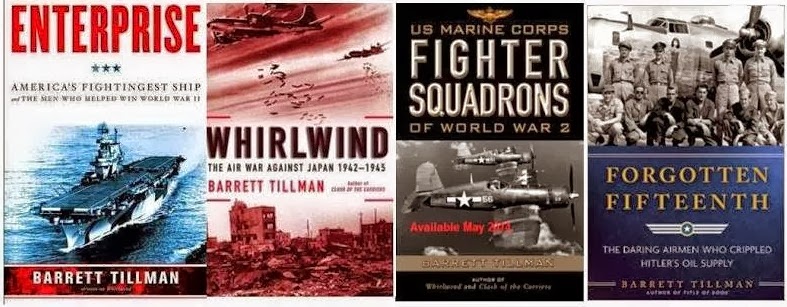The loss of an irreplaceable historic aircraft with its irreplaceable pilot this month has rekindled the long argument about how long such treasures should be flown.
Planes of Fame’s ultra-rare Northrop 9M flying wing crashed in a Southern California prison yard on April 22, destroying the last remaining example of four prototypes built during World War II. It had sustained serious damage in 2006 but was fully rebuilt, returning to flight status four years later.
The fact is: airplanes will crash as long as airplanes are flown. Pilots and passengers will lose their lives along the way. There’s no escaping that fact—it’s reliable as gravity.
The rate of attrition has slowed in recent decades, but it probably had to if the warbird community was to survive. From the 1960s onward the Confederate Air Force (since rebranded Commemorative Air Force) drew loud, bitter criticism for a long string of accidents destroying airplanes as varied as two Consolidated PBY Catalina flying boats, a rare Douglas SBD Dauntless, an equally rare B-26 Marauder, plus P-51 Mustangs. The problem was largely solved by focusing on pilot qualifications rather than checkbook, and more rigorous maintenance.
But losses continue. Since last January the world log of warbird losses includes a Hawker Hunter jet in Hawaii; a double fatality P-51 Mustang, a nonfatal North American SNJ trainer on a California highway; a fatal Russian Yak fighter in Australia; a 1930s airliner in Switzerland with 20 dead; a multi-injury Douglas C-47 transport in Texas; a fatal De Havilland jet in Wisconsin; a nonfatal TBM Avenger in Arizona (the crew bailed out and the torpedo bomber disappeared); a dual fatality Yak crash in France; and another Yak badly damaged taxiing in New Zealand.
The question of whether irreplaceable treasures should continue flying is complex, heartfelt, and often noisy. Absent a federal regulation prohibiting flying them, the decision naturally rests with the owners. Anyone with the funds, time and talent can bring a worn piece of scrap iron back to fully operational status—a sight and sound to be enjoyed by thousands of enthusiasts.
There are nuances to the question of rebuilding an historic airplane, partly by definition. Sometimes vintage machines are largely or entirely reproductions (I’ll omit the “replica” argument) with an original data plate. But for today let’s skip that concern and focus on “real” airplanes that are true restorations.
Some purists advocate a law that would prevent issuing an airworthiness certificate to an aircraft that is the last one, two, or five (take a number) remaining. Fine and dandy for the cause of History.
But what about the owner who may have invested hundreds of thousands of personal dollars in the project? And let’s be honest: some rebuilds involve millions.
“Tough luck” is a damned poor excuse for a reply.
Since warbirds generally are World War II aircraft, almost any type you can name was purchased on an industrial scale: 18,000 Liberators, 12,000 Flying Fortresses, 15,000 each Mustangs and Thunderbolts, 12,000 Corsairs and Hellcats, 10,000 C-47/R4D Skytrains, etc. But if the purchaser—the U.S. Government—scrapped that aerial fleet in wholesale lots, logically and ethically how can the same government prohibit private citizens (think about that word: citizens) from restoring, maintaining and flying the remaining examples?
Short answer: Idunno.
All I can say is this:
I was blessed to grow up restoring and flying historic airplanes, all of which were older than I. In the 1970s Dad and I logged several glorious hours in what was then the world’s only flying example of a Douglas Dauntless. (See my 2017 Naval History article called “The Plane That Won the War.”) But we were acutely aware that the seals were thirty years old, and an in-flight failure could have cost us the aircraft. Today I’m delighted that the bird is permanently nested in the National Museum of the Air Force in Ohio.
I was blessed to grow up restoring and flying historic airplanes, all of which were older than I. In the 1970s Dad and I logged several glorious hours in what was then the world’s only flying example of a Douglas Dauntless. (See my 2017 Naval History article called “The Plane That Won the War.”) But we were acutely aware that the seals were thirty years old, and an in-flight failure could have cost us the aircraft. Today I’m delighted that the bird is permanently nested in the National Museum of the Air Force in Ohio.
Warbirds are more than visual. They are audio and sensory. If you’ve ever heard twin Allisons packing the mail in a Lockheed airframe, or felt the throaty rumble of a Pratt & Whitney R2800 up close, you know what I mean.
And therein lies the glitch. Would you rather see rare aircraft in the traffic pattern—call it the open range—or parked inside at a “petting zoo”?
The answer is: it depends. On many things, often with conflicting priorities and agendas.
But it’s a discussion we should begin in earnest.



